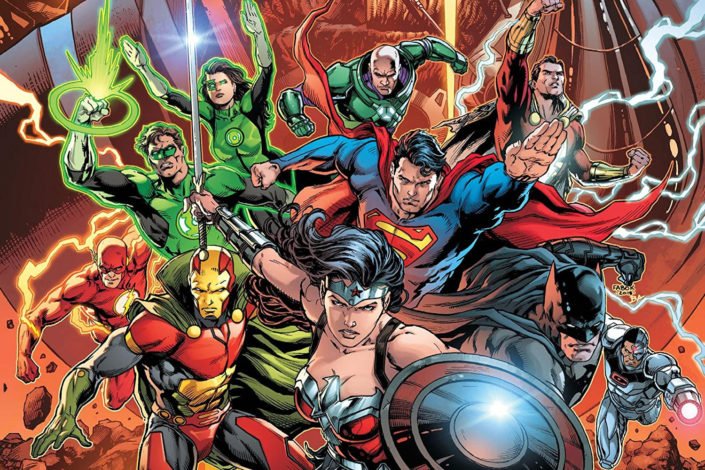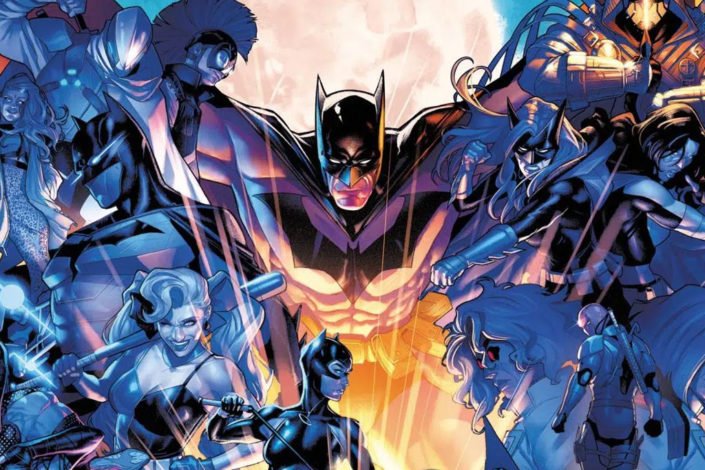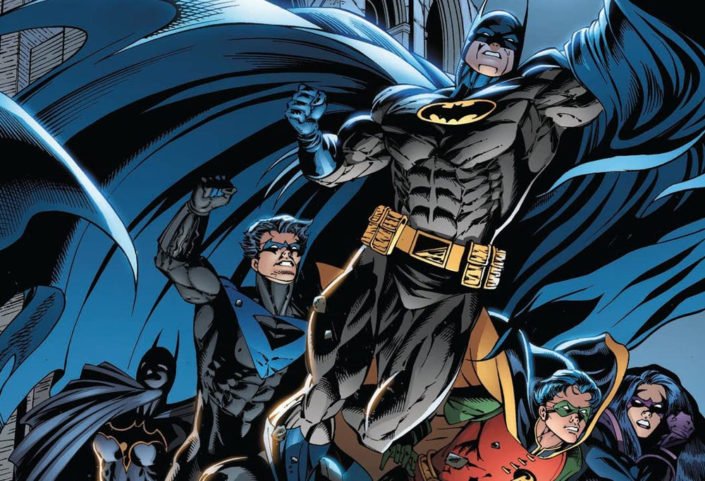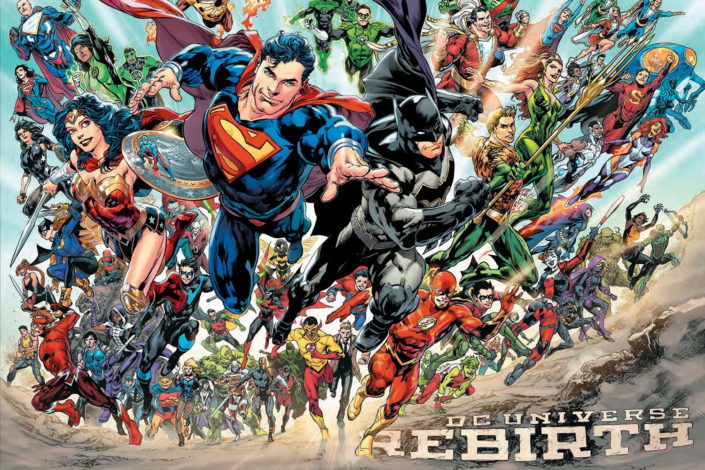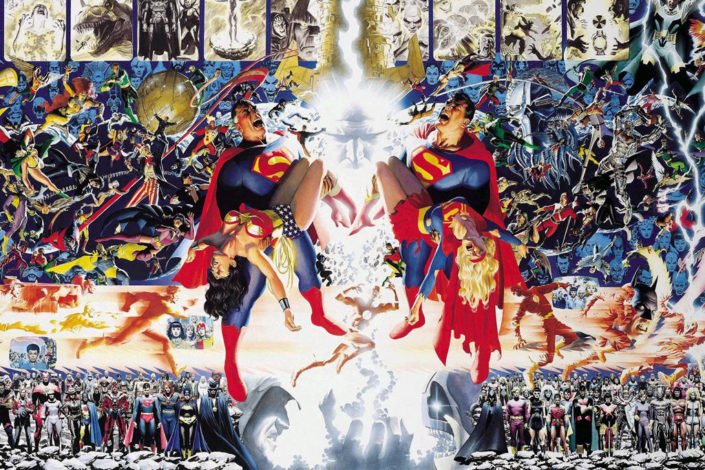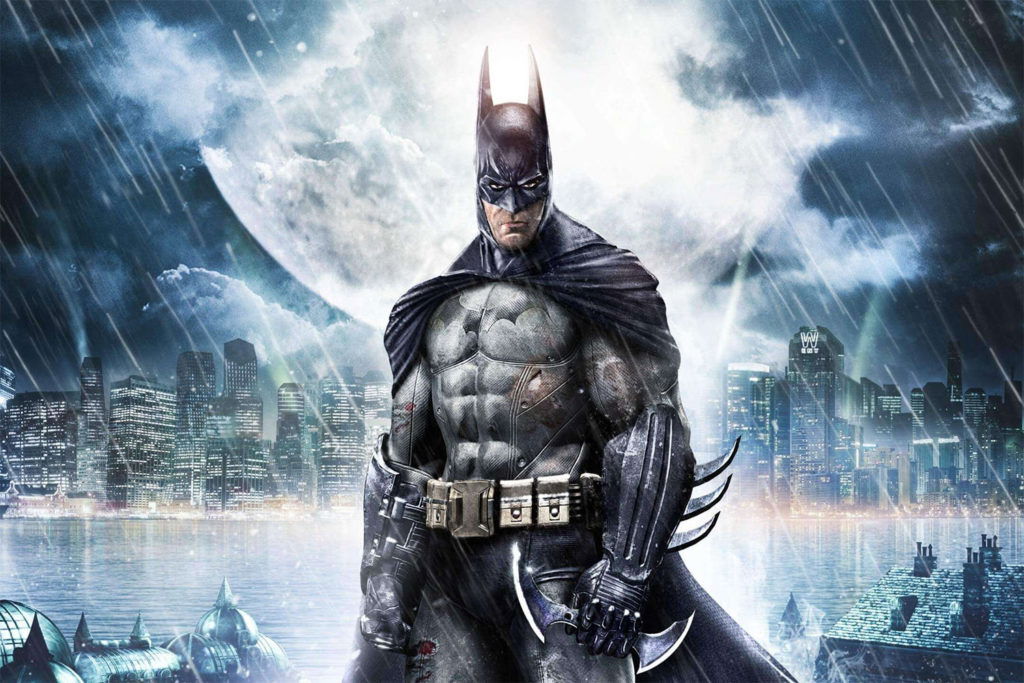Darkseid War Reading Order, a Justice League Event (New 52)
The end of New 52 is around the corner, as Justice League: The Darkseid War is the penultimate story of this era, leading into DC Rebirth. Written by Geoff Johns and illustrated by Jason Fabok, the story shows the return of Darkseid, ruler of Apokolips, but this time he’s set his sights on the world-shattering Anti-Monitor.
The Justice League is caught in a war between those two gods, and are they enough to protect Earth from becoming collateral damage in this fight?
What to read before Justice League: Darkseid War?
Darkseid War takes place at the end of the New 52 Justice League, written by Geoff Johns. There are hints and setup for the event throughout the series. That said, if you haven’t read his Justice League (you can find a full reading order here), you’ll find the most essential background in the first volume (with the introduction of Darkseid) and the sixth volume. Then, Forever Evil leads into the event…
- Justice League Vol. 1: Origin
Collects Justice League (vol. 2) #1–6 - Forever Evil (check out the full reading order for the event)
Collects Forever Evil #1–7. The event itself is a follow-up to Trinity war. - Justice League Vol. 6: Injustice League
Collects Justice League (vol. 2) #30–39
Read More »Darkseid War Reading Order, a Justice League Event (New 52)
